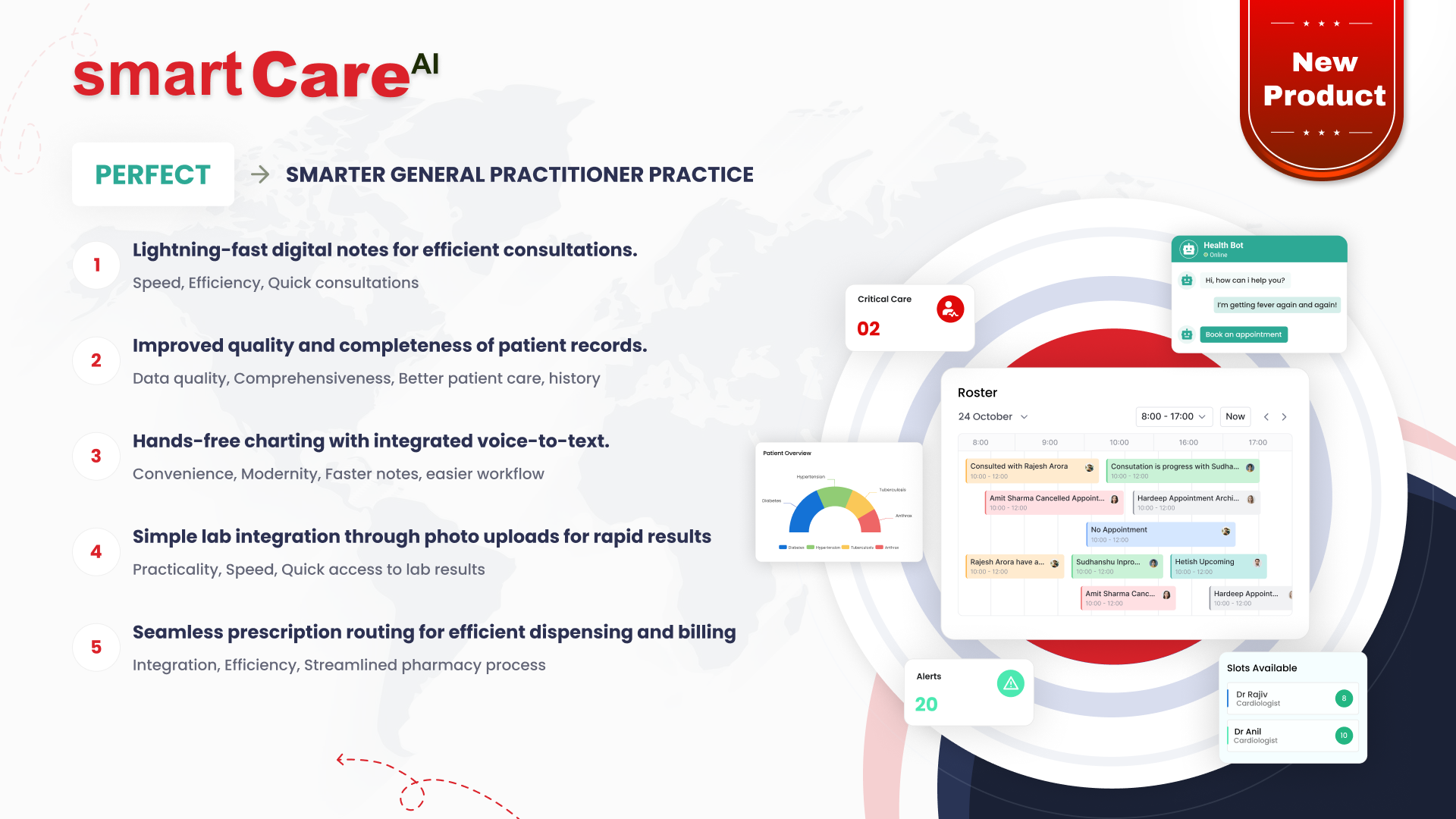
Posted On September 1, 2025
AI vs Traditional MVP Development: What’s Better for Startups
Designing and launching a Minimum Viable Product (MVP) is a pivotal step for any startup. Today, many entrepreneurs are considering whether AI-powered approaches might offer an advantage over traditional development methods. Both approaches have unique strengths and trade-offs. Let’s explore them under the following key considerations:
Understanding the Difference Between AI and Traditional Development
Traditional MVP development relies on clear, well-defined requirements and manual coding. You start with core features, build iteratively, and refine with real user feedback. In contrast, AI-driven development uses machine learning, generative tools, or conversational agents to automate or accelerate parts of the process—such as prototyping interfaces, generating boilerplate code, and even forecasting user behaviour. AI isn’t a silver bullet, but it can help drive experimentation faster.
Speed: AI’s Edge Vs Established Workflows
Speed is often the most compelling case for AI. Generative tools can help startups produce wireframes, sample UI components, or early mockups in hours instead of days. This can accelerate the process of testing ideas and engaging with early users. However, traditional workflows offer predictable timelines, especially when frameworks and architecture are well defined. The fastest solution isn’t always the best one—especially if shortcuts lead to unstable foundations.
Cost Implications of Each Approach
From a cost standpoint, traditional development tends to require upfront investment in planning, designing, and manual coding. That can lead to higher early-stage costs. AI-assisted development may reduce labour hours through automation, but it comes with new costs: licensing AI tools, ensuring data privacy, and potentially adding oversight to verify AI-generated outputs. In many cases, a hybrid approach—where AI assists but developers remain in control—balances savings with quality.
Quality Control: Reliability vs Novelty
For startups building mission-critical applications or those in regulated spaces (like healthcare or finance), traditional development offers clarity and control. Every line of code is written, reviewed, and validated by human developers. In contrast, AI-generated components can spark innovation, but they require rigorous validation to ensure correctness and maintainability. When using AI tools, it’s essential to have expert review and testing in place.
Flexibility and Iteration Over Time
Startups thrive on rapid iteration. AI tools can facilitate quick tweaks—generating new UI variations, testing conversational flows, or simulating user interactions. If used wisely, this accelerates the refinement cycle. Still, evolving a high-quality MVP over time typically requires a sound codebase and modular design—especially if the product scales. Traditional development tends to offer that solid foundation, while AI can help with early experimentation and creative bursts.
Supporting Smarter Decision-Making with AI Insights
AI-driven MVPs often come with built-in analytics and predictive capabilities. These tools can crunch user data, spot patterns, and forecast market trends in real-time, helping startups make more informed decisions during early stages. Conversely, traditional MVPs rely on manual data collection and human interpretation, which may delay insights and responsiveness.
Reducing Time-to-Market with Automated Workflows
One of AI’s main advantages is automation. From generating code snippets to optimising user interfaces, AI tools can significantly speed up development cycles. This means startups can get a prototype up and running faster—test assumptions, gather feedback, and iterate quickly. On the flip side, traditional MVP development follows a more manual route, which can stretch timelines and require greater resource investment.
Balancing Accuracy vs Simplicity
AI solutions can deliver sophisticated features like personalisation or smart recommendations right out of the box. However, they add complexity and may require higher initial investment or technical expertise. Traditional MVPs tend to focus on core functionality—simple, straightforward, and easier to manage—making them more accessible to lean teams.
Freedom to Experiment vs Structured Learning
AI-enabled MVPs allow startups to experiment with advanced capabilities, such as chatbots or predictive experiences, pushing the envelope even in early stages. Traditional MVPs encourage structured, step-by-step learning, helping founders validate foundational assumptions first—such as demand, usability, or core value proposition—before adding sophistication.
Cost Considerations: Smart Investment or Overkill?
AI tools may offer long-term savings by automating tasks and improving iteration speed, but they can also carry higher upfront costs—licensing fees, infrastructure needs, or specialised talent. Traditional MVP development is generally more budget-friendly upfront, making it a safer choice for cash-strapped startups. The ideal path depends on available resources and how critical AI features are to the product’s value.
Conclusion
Both AI-powered and traditional MVP development approaches offer distinct advantages for startups. AI tools shine in speed, early creativity, and reducing certain manual workloads. Traditional development, however, excels in reliability, control, and long-term scalability.
For most startups, the most effective path may be a balanced, hybrid approach—using AI to prototype and explore ideas quickly, then transitioning to traditional methods for building a well-structured, robust core product.
Discover how smart strategies combining innovation and dependability can empower your startup at smartdatainc.com
